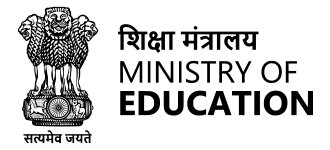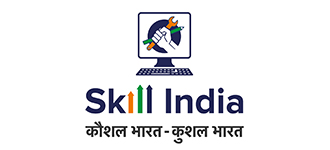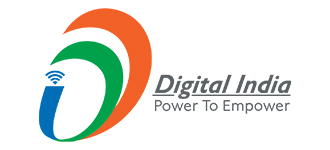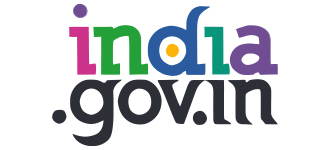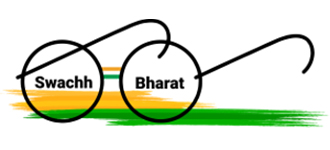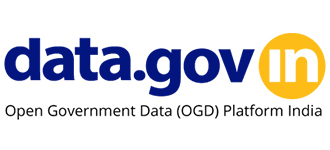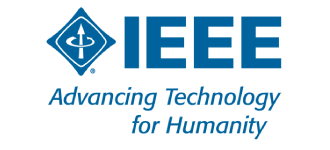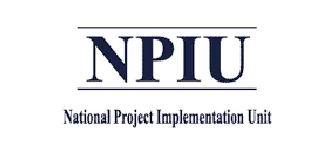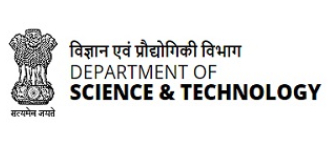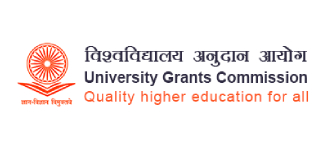| Start Date: | 2025-01-09 | Course Code: | ME 209 | L-T-P-C: | 3-0-0-3 |
|---|---|---|---|---|---|
| Course Name: | Instrumentation and Measurement | Semester: | 4th | Course Faculty: | Sudipta Halder |
Course Plan
DEPARTMENT OF MECHANICAL ENGINEERING
Professional Core Course
Code: ME 209, Subject: Instrumentation and Measurement, Semester: IV
Pre-requisite: Physics (PH 101,), Chemistry (CH 101), Mathematics I, II and III
Course Objectives
- Understand the basic knowledge and skill in measurement and measuring instruments
- Utilize and measure electrical quantities with electronic/electrical instruments
- Studying sensors and transducers: Learning about different types of sensors and transducers, and how to interface them with analog and digital systems
- Applying measuring instruments: Learning how to use and apply different measuring instruments
- Familiarize students with the use and operation of electronic/electrical instruments for laboratory and industrial measurements
Contact hour and types of course: 3 hours lectures/ weeks (L T P C: 3 0 0 3)
Course Assessment Policies: Class Tests / Quizzes, minor tests followed by Mid Semester and End Semester Examinations.
Topics Covered:
Unit-1 Instruments and Their Representation: Introduction; Typical applications of Instrument systems; functional elements of a measurement system; classification of instruments; standards and calibration. Static and Dynamic characteristics of Instruments: Introduction; Accuracy, Precision; Resolution; Threshold; Sensitivity; Linearity; Hysteresis; Dead Band; Backlash; Drift; Formulation of Differential Equations for Dynamic Performance- Zero Order, First Order and Second order systems; Response of First and Second Order Systems to Step, Ramp, Impulse and Harmonic Functions.
Unit-2 Transducer Elements: Introduction; Analog and digital transducers; electromechanical, potentiometric, inductive self-generating and non-self-generating type transducers; electromagnetic, electrodynamics, eddy current, magnetostrictive, variable inductance, LVDT, variable capacitance and piezoelectric transducer; unbounded and bounded resistance strain gages; strain gage bridge circuits; single double and four active arm bridge arrangements; temperature compensation; balancing and calibration; ionisation transducers; mechano electronic transducers; opto-electrical transducers; photo conductive transducers; photovoltaic transducers; digital transducers; frequency domain transducer; vibrating string transducer; binary codes; digital encoders.
Unit-3 Motion, Force and Torque Measurement, Introduction; Relative motion measuring devices; electromechanical, optical, photo electric, moire-fringe, pneumatic and absolute motion devices; seismic devices; spring mass & force balance type device and their calibration; hydraulic load cell; pneumatic load cell; elastic force devices; separation of force components
Unit-4 Indicating and Recording Elements: Introduction Amplifiers; Mechanical, Hydraulic, Pneumatic, Optical and Electrical Amplifying elements; Compensators; Differentiating and Integrating Elements; Cathode Ray Oscilloscope (CRO).
Unit-5 Pressure and Flow Measurement : Introduction; Moderate Pressure Measurement; Manometers; Elastic Transducer; Dynamic Effects of Connecting Tubing; High Pressure Transducer; Low Pressure transducer; Calibration and Testing; Quantity Meters; Positive Displacement Meters.
Unit-6 Temperature Measurement : Introduction; Measurement of Temperature; Non Electrical Methods – Solid Rod Thermometer, Bimetallic Thermometer, Liquid-in-Glass thermometer and Pressure Thermometer, Electrical Methods – Electrical Resistance Thermometers, Semiconductor Resistance Sensors (Thermistors) and Thermo–Electric Sensors; Thermocouple Materials; Radiation Methods-Total Radiation Pyrometer and Selective Radiation Pyrometer.
Text Books:
- Ernest O. Doebelin. Measurement systems Application and Design. Tata McGraw Hill Edition (2002).
- Francis S. Tse and Ivan E. Morse, Marcel Dekker. Measurement and Instrumentation in Engineering.
- Alan S. Morris. Principles of Measurement and Instrumentation. Prentice Hall of India.
Reference Books:
- T.G. Beckwith, W.L. Buck and R.D. Marangoni. Mechanical Measurements.
- B.C. Nakra and K.K. Chaudhary. Instrumentation, Measurement and Analysis. TMH.
Course Outcomes (COs):
Upon the completion of this course, the students are expected to:
1. Identify the fundamental theory of instrumentation.
2. Correlate the theory of instrumentation with research and development and with the industrial situations.
3. Know the fundamental theory for instrumentation.
4. Prepare themselves for higher level instrumentation courses.
|
Subject Name- Material Science |
Branch- Mechanical Engineering |
||
|
Subject Code- ME 205 |
Semester- 3rd |
||
|
S/N |
Topic(s) |
Hours |
|
|
|
Instruments and Their Representation: Introduction; Typical applications of Instrument systems; functional elements of a measurement system; classification of instruments; standards and calibration. Static and Dynamic characteristics of Instruments: Introduction; Accuracy, Precision; Resolution; Threshold; Sensitivity; Linearity; Hysteresis; Dead Band; Backlash; Drift; Formulation of Differential Equations for Dynamic Performance- Zero Order, First Order and Second order systems; Response of First and Second Order Systems to Step, Ramp, Impulse and Harmonic Functions. |
9 |
|
|
|
Transducer Elements: Introduction; Analog and digital transducers; electromechanical, potentiometric, inductive self-generating and non-self-generating type transducers; electromagnetic, electrodynamics, eddy current, magnetostrictive, variable inductance, LVDT, variable capacitance and piezoelectric transducer; unbounded and bounded resistance strain gages; strain gage bridge circuits; single double and four active arm bridge arrangements; temperature compensation; balancing and calibration; ionisation transducers; mechano electronic transducers; opto-electrical transducers; photo conductive transducers; photovoltaic transducers; digital transducers; frequency domain transducer; vibrating string transducer; binary codes; digital encoders. |
6 |
|
|
|
Motion, Force and Torque Measurement, Introduction; Relative motion measuring devices; electromechanical, optical, photo electric, moire-fringe, pneumatic and absolute motion devices; seismic devices; spring mass & force balance type device and their calibration; hydraulic load cell; pneumatic load cell; elastic force devices; separation of force components |
5 |
|
|
|
Indicating and Recording Elements: Introduction Amplifiers; Mechanical, Hydraulic, Pneumatic, Optical and Electrical Amplifying elements; Compensators; Differentiating and Integrating Elements; Cathode Ray Oscilloscope (CRO). |
2 |
|
|
|
Pressure and Flow Measurement: Introduction; Moderate Pressure Measurement; Manometers; Elastic Transducer; Dynamic Effects of Connecting Tubing; High Pressure Transducer; Low Pressure transducer; Calibration and Testing; Quantity Meters; Positive Displacement Meters; |
6 |
|
|
|
Temperature Measurement: Introduction; Measurement of Temperature; Non Electrical Methods – Solid Rod Thermometer, Bimetallic Thermometer, Liquid-in-Glass thermometer and Pressure Thermometer, Electrical Methods – Electrical Resistance Thermometers, Semiconductor Resistance Sensors (Thermistors) and Thermo–Electric Sensors; Thermocouple Materials; Radiation Methods-Total Radiation Pyrometer and Selective Radiation Pyrometer. |
6 |
|
Evaluation Scheme (EC)
|
EC No. |
Evaluation Component |
Duration |
Weightage |
Date & Time |
Nature of Component |
|
1. |
Mid Semester |
60 Min |
30% |
Refer to the Academic calendar |
Closed Book |
|
2. |
End Semester |
120 Min |
50% |
Closed Book |
|
|
3. |
Internal Assessment |
-- |
10% |
Assignment/Quiz |
|
|
4. |
Minor |
60 Min |
10% |
Closed Book |
Consultation Hours: 5PM to 6PM (Friday)
Note: All notices regarding the course will be displayed only on the Department of Mechanical Engineering notice board.
Class Notes & PPTs
- - PPT

